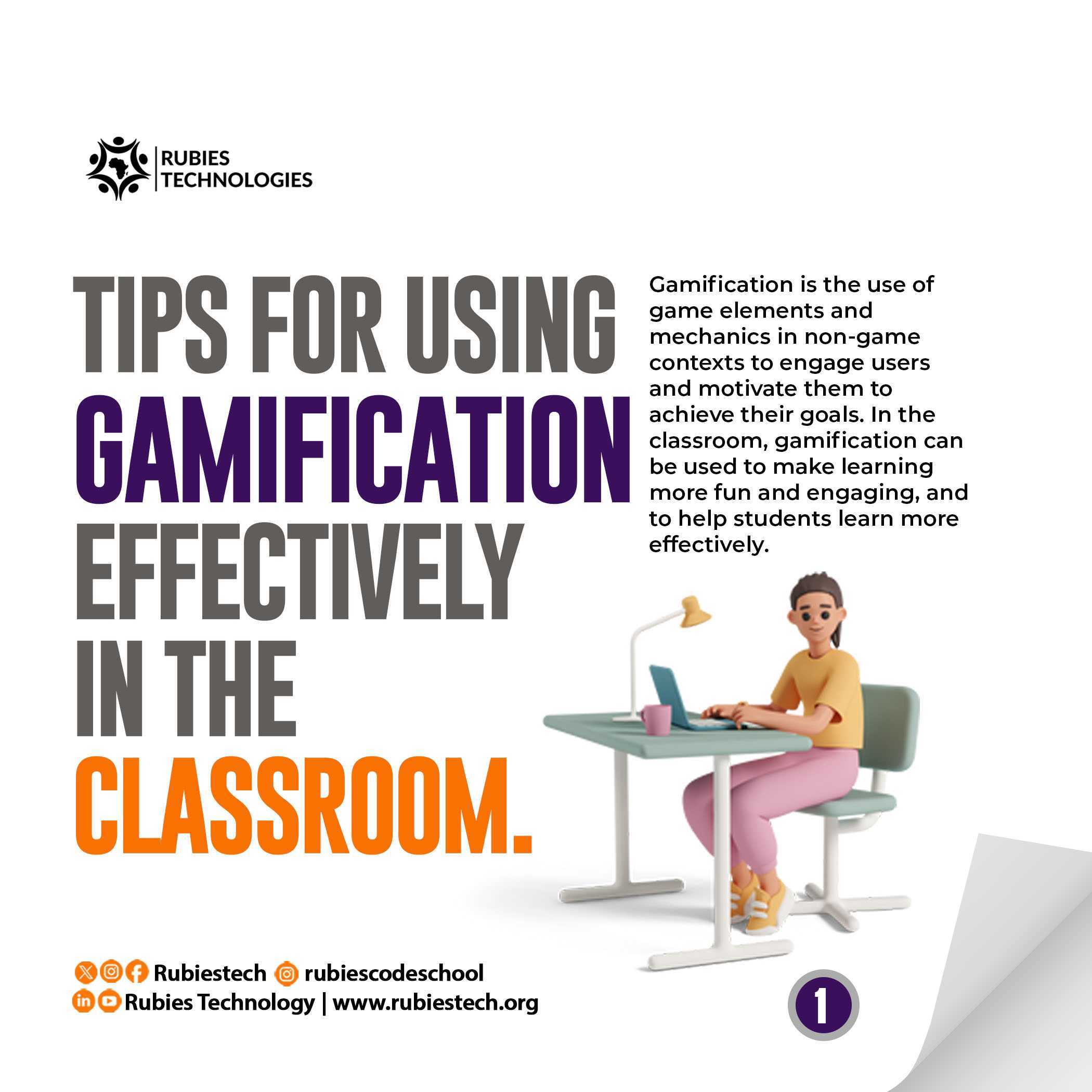The classroom walls no longer need to confine learning to dusty textbooks and monotonous drills. Gamification, the art of applying game-like elements to non-game contexts, is revolutionizing education, transforming learning into an engaging and rewarding adventure. But to fully tap into this magic, teachers need to be more than just dungeon masters; they need to be learning architects, constructing experiences that truly motivate and empower students.
1. Start with a Clear Goal: Every quest needs a treasure, and every gamified lesson needs a well-defined learning objective. What skills or knowledge do you want students to acquire? This clarity ensures you choose the right game elements and track progress effectively. Is it mastery of historical dates? Or perhaps conquering critical thinking challenges? Aligning your gamified activities with your curriculum is the first step to a successful learning journey.
2. Make it Fun: Remember, the core of any game is fun. Injecting elements of surprise, humor, and challenge keeps students hooked. Imagine vocabulary quizzes becoming monster battles, where each defeated word strengthens your learning armor. Or turn grammar practice into a quest for the elusive Perfect Sentence, hidden within a maze of sentence fragments. Laughter and excitement fuel engagement, fostering a desire to learn and conquer.
3. Keep it Simple: Complexity can be the goblin that devours student motivation. Begin with easily understood game mechanics and gradually introduce new elements. Point systems, badges for specific achievements, and leaderboards are readily graspable concepts that provide instant gratification and a sense of progress. Remember, less is often more when it comes to keeping students focused on the learning adventure, not deciphering the game rules.
4. Use a Variety of Game Elements: Think beyond points and levels. Experiment with different game mechanics like collaborative quests, timed challenges, scavenger hunts, or even role-playing scenarios. Variety keeps the learning experience fresh and caters to diverse learning styles. Introverted students might thrive in text-based adventures, while extroverts may shine in team-based competitions. Understanding your students’ preferences helps you tailor the game elements to maximize engagement.
5. Make it Relevant to the Curriculum: Don’t force-fit the curriculum into a pre-existing game template. Instead, weave the learning objectives seamlessly into the game narrative. Are you studying the water cycle? Create a “Raindrop Race” where students navigate obstacles representing different stages of the cycle. This ensures that the game not only entertains but also reinforces and deepens understanding of the subject matter.
6. Provide Feedback: Like a friendly dragon offering guidance, timely feedback is crucial for student growth. Use progress bars, immediate scoring systems, and badges to provide constant feedback on performance. This allows students to adjust their strategies, refine their understanding, and ultimately feel empowered to keep moving forward.
7. Celebrate Success: Don’t underestimate the power of a victory dance! Celebrating individual and team achievements reinforces the value of learning and motivates students to strive for excellence. Award meaningful badges, create a “Hall of Fame” for top performers, or even have the class erupt in cheers for each conquered challenge. Recognizing effort and success fuels students’ intrinsic motivation and builds a positive learning community.
By following these tips, teachers can transform their classrooms into vibrant learning landscapes where engagement thrives and knowledge becomes the ultimate quest. Remember, gamification is not just about adding bells and whistles, it’s about unlocking the inner learner in every student and creating a journey of discovery that’s as fun as it is rewarding. So, grab your metaphorical dice, pick a quest, and embark on the greatest adventure of all – the adventure of learning!



